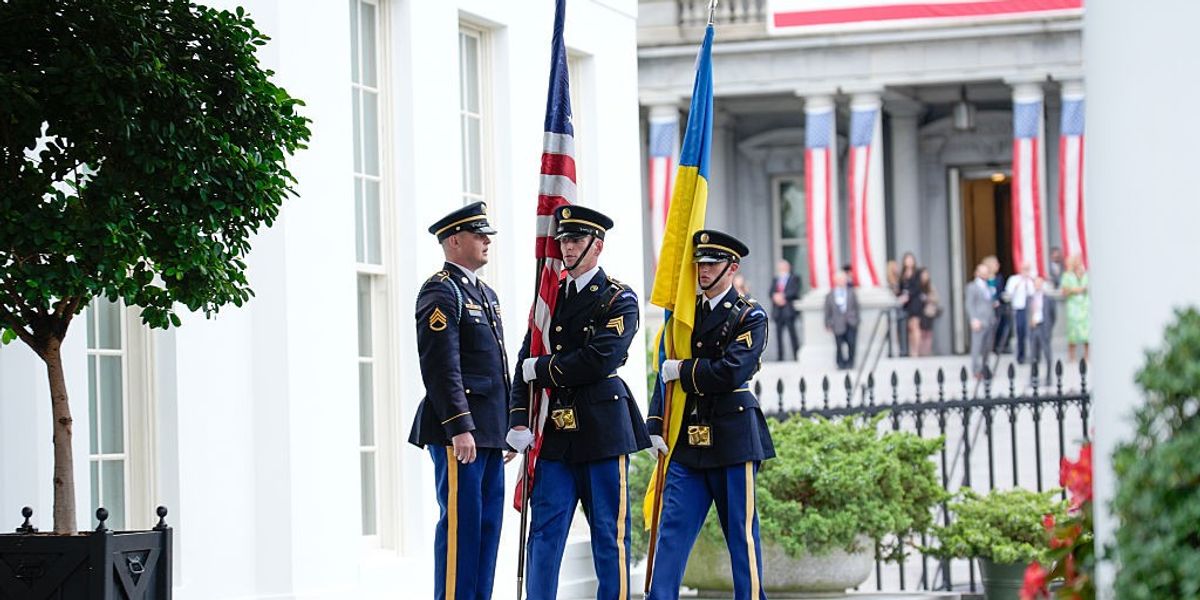Cold case detectives in Florida say a homicide victim found floating near a beach in the Sunshine State more than two decades ago was a Canadian man with ties to Winnipeg, a discovery made thanks to DNA technology, and police hope the information leads to answers about who killed him.
Sarah Scalia, a detective with the Flagler County Sheriff’s Office’s cold case unit, says two local boat company employees were on a test drive on Sept. 10, 1997, when they noticed an alligator swimming in a section of the Intracoastal Waterway near Flagler Beach in northeastern Florida.
Then they saw something else drifting atop the water.
“They got a little closer, and saw that it was a body, and they notified law enforcement,” Scalia told CBC News on Friday.
The man had no identification and investigators believe he had been killed about a week prior, but police weren’t able to identify him until earlier this year.
The sheriff’s office released Robert Bruce McPhail’s identity for the first time in a Thursday news release, saying the 58-year-old was bound, shot and stabbed multiple times before he was dumped in the water.
“Obviously, somebody wanted him dead, and they didn’t want him found,” said Scalia.
“Lucky for us, we live in Florida, where there’s alligators everywhere, and perhaps if it wasn’t for that alligator and those two employees … we would never have found him.”
Detectives scoured the surrounding areas for clues about the man’s identity for more than two decades, before employing technology they had never used before, said Scalia. They sent the man’s bones to Othram, a forensic genetic genealogy company, in 2021.
“They were able to get some common ancestors and matches, and so they would build the tree upwards to find out how these matches are related,” she said, before they built the tree back downwards, ruling out people who did not fit McPhail’s profile.
“He remained unidentified for [almost] 26 years, until we were able to figure out that he was Robert Bruce McPhail from Canada,” Scalia said.
The Texas-based company also helped identify a suspect in the murder of Christine Jessop, 9, an Ontario girl who was abducted in 1984, as well as the 1983 killings of Susan Tice and Erin Gilmour in Toronto.
WATCH | DNA technology identifies homicide victim 25 years later:
Robert Bruce McPhail was around 58 years old when his body was discovered near a Florida beach in 1997. Police were finally able to identify him this year using forensic genetic genealogy, and they’re hoping it leads to clues about who killed him.
McPhail was an only child, and his parents both died in the 1970s, a spokesperson from the sheriff’s office said. Family did not report the 58-year-old as missing, and distant relatives did not know he had been murdered after losing touch with him when he moved to Florida in the mid-1990s.
Police contacted the closest living relative they could find for McPhail, who was grateful for answers about what happened to him, according to Scalia. They want his remains to be buried with his parents, who were from Winnipeg.
‘How did he end up where he did?’
McPhail travelled between Florida and Canada in the 1990s, the family member told investigators. Financial and court records also show his last activities took place in 1997, which further confirmed McPhail’s identity, said Scalia.
She said he also had ties to Kenora, Ont., and lived in Fort Lauderdale at one point. A newspaper article from the South Florida Sun Sentinel says he was beaten with a shovel by a robber in the southeastern Florida city in 1984.
“Robert Bruce McPhail, 45, suffered a fractured cheekbone and wrist as a result of the attack,” the article says.

Not much else is known about McPhail other than he was passionate about boats, said Scalia, and figuring out his identity was a first step in the police investigation.
“Now that we can dive into his life a little more … we can get information from people that knew him,” she said. “Then from there, we can find out what happened to him. Why was he in Flagler County? How did he end up where he did and how he did?”
The Thursday news release from the sheriff’s office included a 1997 facial reconstruction of McPhail, as police had no known photos of the dead man up until Friday afternoon.
They obtained images of McPhail shortly after CBC News interviewed Scalia on Friday. The caller who submitted the photos had information which confirmed the photos were taken of McPhail in southern Florida in the 1980s, a sheriff’s office spokesperson said.
‘Somebody knows something’
Scalia is still in touch with the initial detective in McPhail’s murder investigation, Richard Brendel, and she said she’s grateful for the work he did over the years.
“He was amazing at keeping notes on this case, and he did a lot of work in 1997 — up until he wasn’t able to do anything else, so this case has been weighing heavily on him.”
The sheriff’s office created a cold case unit in 2020, which currently has 21 cold cases, four of which are unidentified, according to Scalia.
“All of our cases weigh heavily on us,” she said. “My main focus was to start with the unidentified cases, because they take a long time.”
The cold case detective hopes media coverage of McPhail’s identity will help generate tips so Florida police can find out who killed him.
“Somebody knows something somewhere.”

















